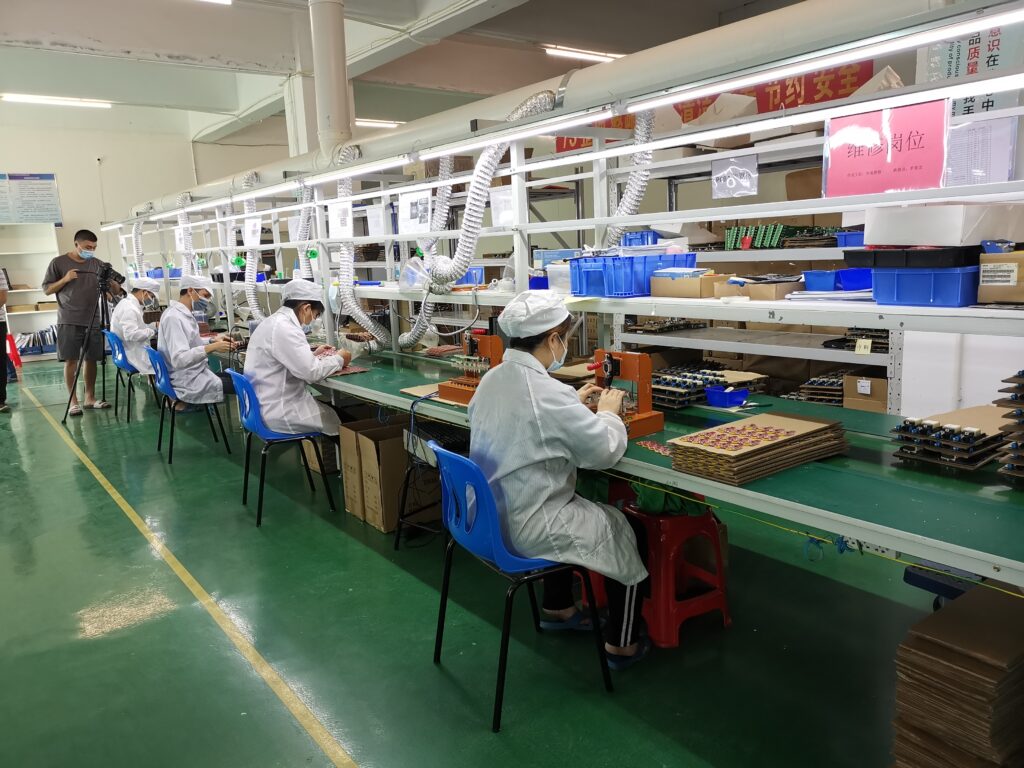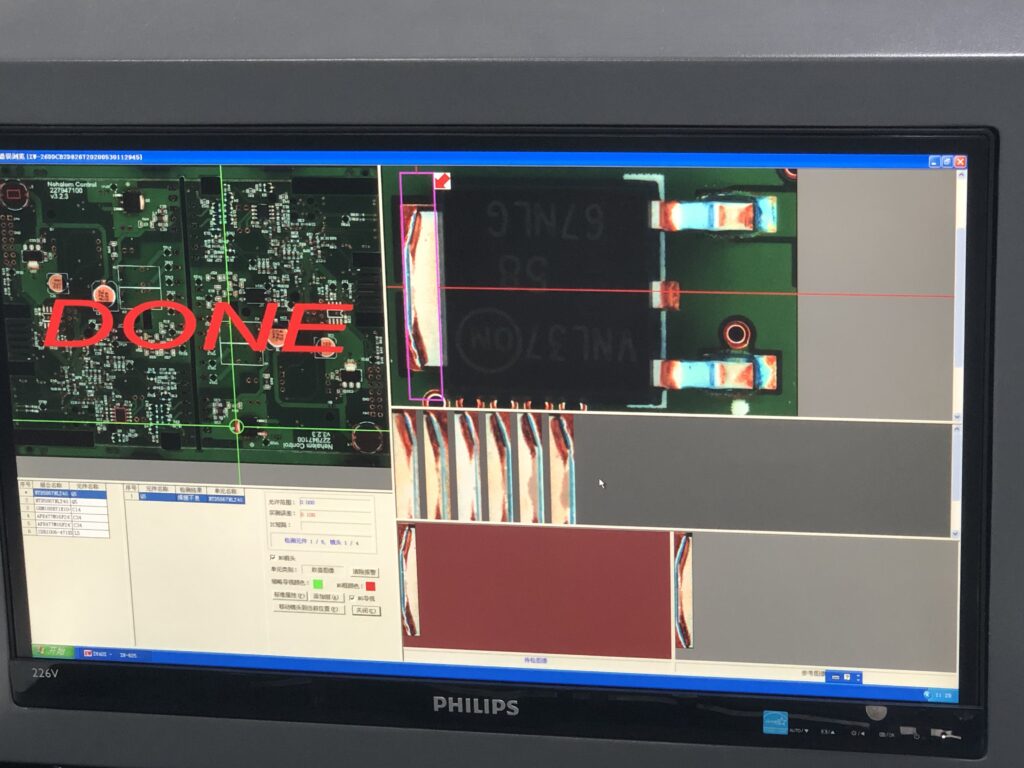Application fields and characteristics of PCB board automatic assembly equipment
PCB board automatic assembly equipment, also known as PCB board automatic assembly machine, is a device that uses automation technology to automatically assemble electronic components. It can automatically assemble surface mount components (SMD) and aperture plug-ins (THT) onto the printed circuit board (PCB), and complete the fixation of the components through welding and other methods. These equipment usually include placement machines, printing machines, stencil printing machines, reflow soldering machines, etc.

The advantages of automatic PCB board assembly equipment are that it improves production efficiency, reduces manual operation time and error rates, and can greatly shorten the production cycle. At the same time, it can also cover a wider range of PCB forms, allowing PCBs of various types to be produced and assembled in a shorter time, improving production efficiency.

PCB board automatic assembly equipment has the following characteristics:
- Automated and efficient: Automatic assembly equipment can realize automated production, replacing traditional manual operations, saving labor and time costs, and improving production efficiency.
- High precision: The automatic assembly equipment adopts advanced mechatronics technology and control system, with high-precision component assembly and welding capabilities, ensuring product quality.
- Strong adaptability: Automatic assembly equipment can adapt to different electronic components and PCB boards, and can complete the production and assembly of multiple models in a short time, improving production efficiency.
- Reliable and stable: The automatic assembly equipment adopts industrial-grade standard machinery and control components, which has durable, stable and reliable working performance, reducing the failure rate and maintenance costs.
- Simple operation: The automatic assembly equipment adopts human-machine interface operation, which is convenient and easy to use, reduces the difficulty of operation and error rate, and improves production efficiency.
- Cost saving: Automatic assembly equipment can improve production efficiency and product quality in a short period of time, reduce production costs and labor costs, and enhance the market competitiveness of enterprises.
PCB board automatic assembly equipment can be widely used in the following fields:
- Electronic communications industry: The production of electronic equipment such as mobile phones, tablets, and computers requires the use of automatic PCB board assembly equipment.
- Medical equipment industry: Medical equipment including blood pressure monitors, electrocardiographs, blood glucose meters, etc. all require the use of automatic PCB board assembly equipment.
- Instrumentation industries: such as meteorological instruments, mechanical instruments, electronic instruments, etc.
- Automotive industry: PCB board automatic assembly equipment is also commonly used in the production of automotive electronic components, such as automotive displays, controllers, etc.
- Home appliance industry: PCB board automatic assembly equipment is also widely used in the home appliance industry, such as refrigerator controllers, washing machine circuit boards, etc.
- SMD LED lighting industry: When producing LED lighting equipment, it is also necessary to use PCB board automatic assembly equipment to improve production efficiency and quality.

Shenzhen Fumax Technology Co., Ltd. focuses on one-stop services such as circuit board PCBA design and custom development, software programming, component procurement, SMT patching, DIP welding, assembly testing, and painting.
The company is located in Nanshan District, Shenzhen, China, and the PCB assembly factory is in Fuyong, Bao’an District, Shenzhen.

Fumax Technology provides diversified OEM and ODM services to domestic and foreign customers. We help customers solve operational problems such as mechanical or electronic design, sample and volume production, service and logistics, and more.
If you need the above services, please contact our PCB assembly manufacturing official website.
PCB board automatic assembly equipment has a wide range of applications. Almost all industries that require electronic component assembly can use this automated equipment to improve production efficiency and quality.